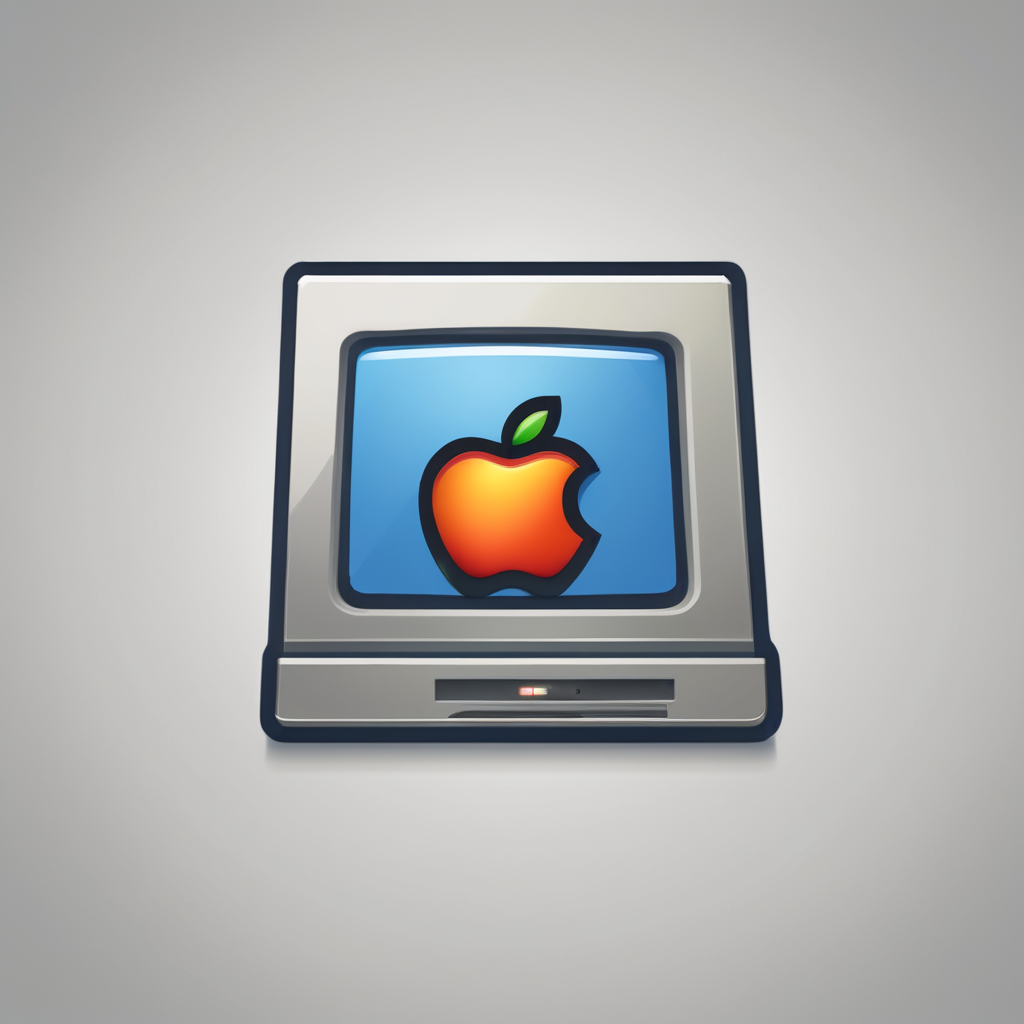Revolutionize Your Business with AI-Powered Optical Character Recognition Solutions
The AI OCR market is projected to reach $28.2 billion by 2025, growing at 13.7% annually according to MarketsandMarkets research. Are you still drowning in paperwork while your competitors streamline their document processing? Modern businesses transform their efficiency with intelligent text recognition that delivers 99% accuracy rates and processes thousands of documents in minutes. Experience this transformation with AI OCR with Koncile and unlock unprecedented productivity gains.
Why Traditional OCR Falls Short in Today’s Digital Landscape
Traditional OCR technology was revolutionary in its time, but today’s complex document processing demands expose its critical limitations. While these older systems can handle clean, printed text reasonably well, they struggle dramatically when faced with real-world business documents.
Additional reading : What role does blockchain play in UK tech advancements?
The most glaring weakness lies in accuracy rates. Traditional OCR typically achieves only 70-85% accuracy on complex documents, requiring extensive manual corrections that defeat the purpose of automation. This becomes particularly problematic with multi-column layouts, tables, or documents containing mixed fonts and sizes.
Handwritten text remains virtually impossible for conventional OCR systems to process reliably. In industries where handwritten forms, signatures, or annotations are common, this limitation creates significant bottlenecks in digital transformation efforts.
Also to see : Empower your team with smart ai employees for growth
Perhaps most importantly, traditional OCR lacks contextual understanding. It simply converts pixels to characters without comprehending meaning, leading to nonsensical outputs when dealing with industry-specific terminology, abbreviations, or formatting nuances that modern AI systems handle effortlessly.
Essential Features of Intelligent Document Scanning with OCR Capabilities
Modern OCR technology has evolved far beyond simple text recognition. Today’s intelligent document scanning solutions combine artificial intelligence with advanced processing capabilities to deliver unprecedented accuracy and efficiency.
The most effective AI-powered OCR platforms share several critical features that distinguish them from basic scanning tools. These capabilities determine whether your document processing workflow will become a competitive advantage or remain a bottleneck.
- Multi-language recognition – Processes documents in dozens of languages simultaneously, including complex scripts like Arabic and Chinese, with contextual understanding
- Real-time processing – Instantly converts scanned documents into editable text without delays, enabling immediate workflow integration
- Adaptive learning – Improves accuracy over time by learning from your specific document types and formatting patterns
- API integration – Seamlessly connects with existing business systems through robust APIs, eliminating manual data transfer
- Enhanced security – Protects sensitive information with enterprise-grade encryption during processing and storage
- Multiple format support – Handles PDFs, images, handwritten notes, and even low-quality scans with consistent reliability
These features work together to create a comprehensive solution that transforms how organizations handle document workflows, reducing processing time by up to 80% while maintaining accuracy rates above 99%.
How This Technology Transforms Business Operations
AI-powered OCR technology fundamentally reshapes how businesses handle document processing. Companies report error reduction rates of up to 99% compared to manual data entry, while processing times accelerate from hours to mere minutes. This dramatic improvement stems from machine learning algorithms that continuously refine recognition accuracy across diverse document formats.
Workflow automation becomes seamless when intelligent document processing takes center stage. Finance departments witness invoice processing speeds increase by 300%, while compliance teams in healthcare automatically extract patient information from forms without human intervention. Legal firms process contracts and case documents with unprecedented precision, eliminating bottlenecks that previously required dedicated staff hours.
The cost savings impact extends beyond labor reduction. Insurance companies slash claims processing costs by 40% through automated document analysis, while banking institutions reduce loan application review times from days to hours. These operational improvements translate directly to enhanced customer satisfaction and competitive advantage in fast-moving markets.
Selecting the Right Smart OCR Technology for Your Needs
Choisir la bonne solution d’OCR intelligente nécessite une évaluation rigoureuse de plusieurs critères fondamentaux. La précision de reconnaissance constitue le premier pilier de votre décision : examinez attentivement les taux d’exactitude sur vos types de documents spécifiques, car les performances varient considérablement selon les formats et la qualité des sources.
La compatibilité système et la scalabilité déterminent l’adaptabilité future de votre investissement. Votre solution doit s’intégrer harmonieusement à votre infrastructure existante tout en supportant une montée en charge progressive. Évaluez également la qualité du support technique proposé : une assistance réactive et compétente devient cruciale lors du déploiement et de l’utilisation quotidienne.
Le coût total de possession dépasse largement le prix d’achat initial. Intégrez les frais de formation, de maintenance et d’éventuelles mises à jour dans votre calcul. L’expertise du fournisseur dans votre secteur d’activité représente un avantage décisif : privilégiez les partenaires capables de démontrer des résultats mesurables sur des cas d’usage similaires au vôtre.
Implementation Strategies for Maximum ROI
Deploying AI OCR technology successfully requires a structured approach that prioritizes immediate value generation. The most effective implementation begins with a comprehensive audit of your current document processing workflows, identifying bottlenecks where manual data entry consumes the most resources.
A phased rollout strategy delivers the best results for most organizations. Start with a pilot program targeting your highest-volume document types—invoices, contracts, or forms that currently require significant manual processing. This controlled environment allows you to measure performance improvements and refine processes before scaling across departments.
Team training represents a critical success factor that many companies underestimate. Your staff needs hands-on experience with the new system’s capabilities, from document preparation to quality control procedures. Proper training reduces adoption friction and ensures employees can leverage advanced features that maximize accuracy rates and processing speed.
Continuous performance monitoring transforms initial implementation into long-term success. Track key metrics like processing time reduction, error rates, and cost savings per document. This data-driven approach enables ongoing optimization and demonstrates concrete ROI measurements to stakeholders while identifying opportunities for expanding AI OCR applications across your organization.
Your Questions About Advanced OCR Solutions

How does AI OCR technology improve text recognition accuracy?
AI OCR uses machine learning algorithms to continuously improve recognition patterns. It achieves 99%+ accuracy by learning from context, handling poor image quality, and adapting to various fonts and layouts automatically.
What are the best AI OCR tools for business document processing?
Leading solutions include Adobe Acrobat Pro, ABBYY FineReader, and cloud-based platforms like Google Cloud Vision API. Choose tools offering batch processing capabilities and integration with your existing workflow systems.
Can artificial intelligence OCR handle handwritten text recognition?
Yes, modern AI OCR excels at handwriting recognition. Advanced neural networks can process cursive writing, printed text, and mixed documents with impressive accuracy, though legibility remains a key factor.
How much does AI-powered OCR software cost for small businesses?
Costs range from $10-50 monthly for cloud solutions to $200-500 for desktop licenses. Pay-per-use models often provide the most cost-effective option for businesses with variable document volumes.
What’s the difference between traditional OCR and AI-enhanced OCR?
Traditional OCR relies on pattern matching, while AI OCR uses deep learning algorithms. AI versions handle complex layouts, poor quality scans, and contextual understanding far more effectively than conventional systems.
Why should businesses consider expert OCR implementation services?
Professional implementation ensures optimal configuration, seamless integration with existing systems, staff training, and ongoing support. Expert services maximize ROI and minimize implementation challenges for complex document workflows.






